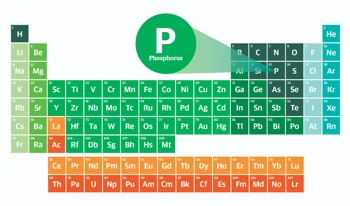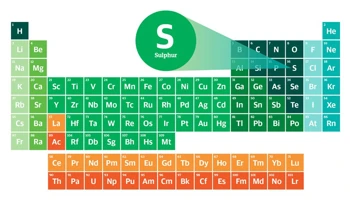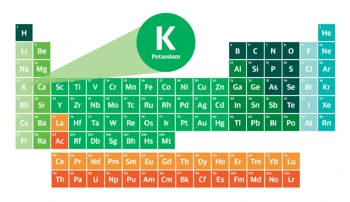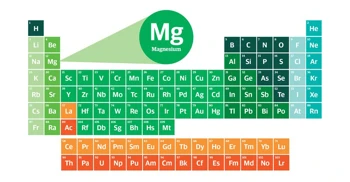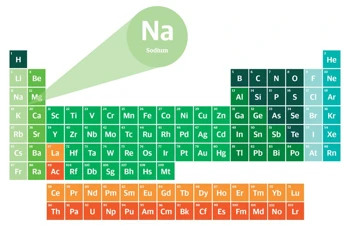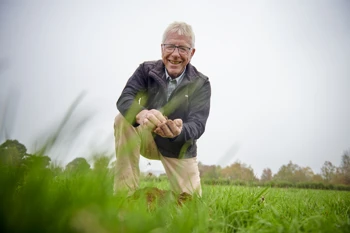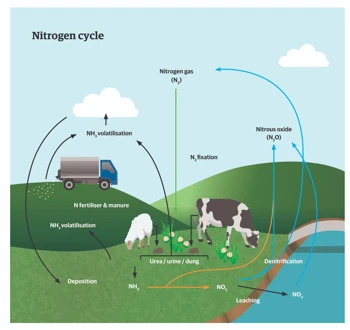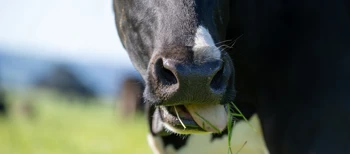News & Advice

Superphosphate – phosphate with benefits
New Zealand agriculture relies heavily on pasture legumes to increase and maintain the soil nitrogen (N) pool. It is the size and rate of turnover of this soil N pool that is often the dominant determinant in how much pasture a farm will be able to grow annually.
New Zealand agriculture relies heavily on pasture legumes to increase and maintain the soil nitrogen (N) pool. It is the size and rate of turnover of this soil N pool that is often the dominant determinant in how much pasture a farm will be able to grow annually.
Optimising the growth and function of the legume to be able to fix N, requires a good supply of phosphorus (P) and sulphur (S), as well as other major nutrients and trace elements.
Superphosphate, a multi-nutrient fertiliser, has been and remains an excellent way to enable pasture swards (that contain legumes) to fix atmospheric nitrogen. The balance of nutrients (P, S and calcium (Ca)) suit most New Zealand soil types.
The key features that have sustained the value of superphosphate in New Zealand for pastoral farming since 1881 are:
- Its chemical composition: 9-10% total phosphorus, 11-12% sulphur and 20% calcium, all in readily plant- available form
- It is fully effective in a wide range of soil and climate conditions
- It does not of itself affect the acidity of the soil
- By encouraging plant growth, it also encourages populations of introduced surface-casting earthworms and increased soil microbial numbers and function.
- Long-term studies show that superphosphate’s use on grazed pastures promotes organic matter return to soils through excreta, uneaten herbage, and root turnover without lowering soil pH.
- This stimulates the vigour and population of soil microbes and worms, thus improving soil health and fertility.
Significant increases in dry matter production and quality are possible with the correct balance of P and S. Sulphur- enriched superphosphates with elemental sulphur are widely used throughout New Zealand, the amount of sulphur required will dictate which product is used. Sulphur super contains both quick-acting sulphate sulphur and slow-release elemental sulphur, which is great for maintenance.
To produce superphosphate, we need to actively blend rock types (three to five different rocks) to ensure the chemical and physical specifications are met. We produce our superphosphate from a limited number of usable rocks from places such as Morocco, Togo, Vietnam, and China, with each rock having some constraining aspect that means it cannot be used on its own. We continue to carry out trial work on other phosphate rocks from around the world.
Our manufacturing sites are mechanised and have automated computer-aided control of most functions, whilst strictly adhering to the environmental consents at our production sites. They incorporate up to date and ongoing research into all systems from the characterisation of the rock phosphates, blending, grinding, acidulation, granulation, maturing of the product and control of emissions.
After more than 130 years of being made here in New Zealand, superphosphate is one of the most researched fertiliser products in our rural environment and remains New Zealand's most widely and effectively used fertilisers for pastoral, cropping and horticultural uses.
